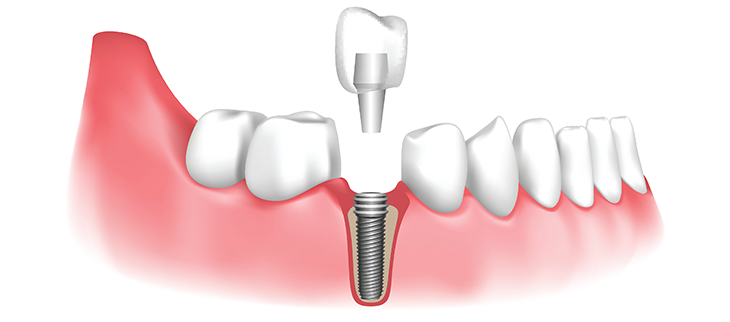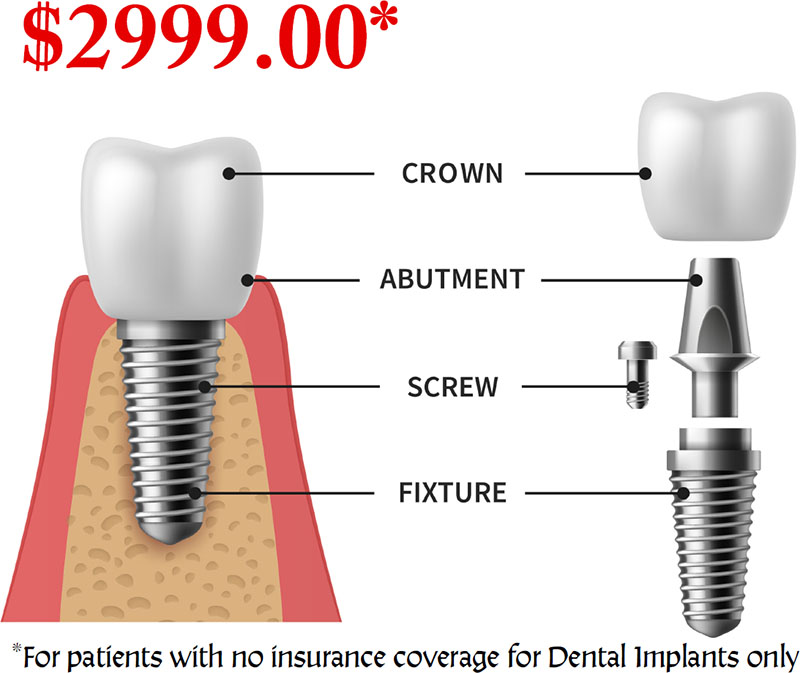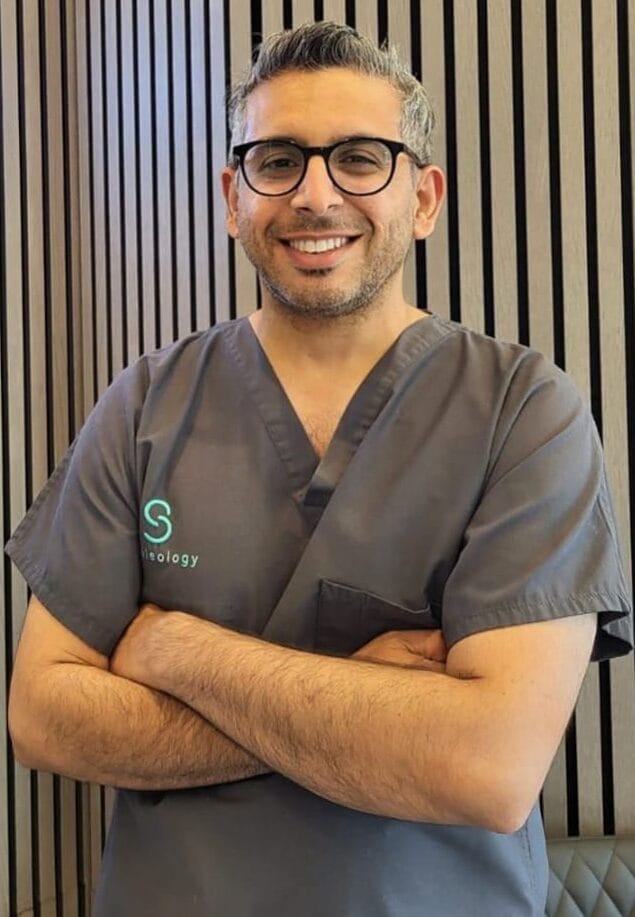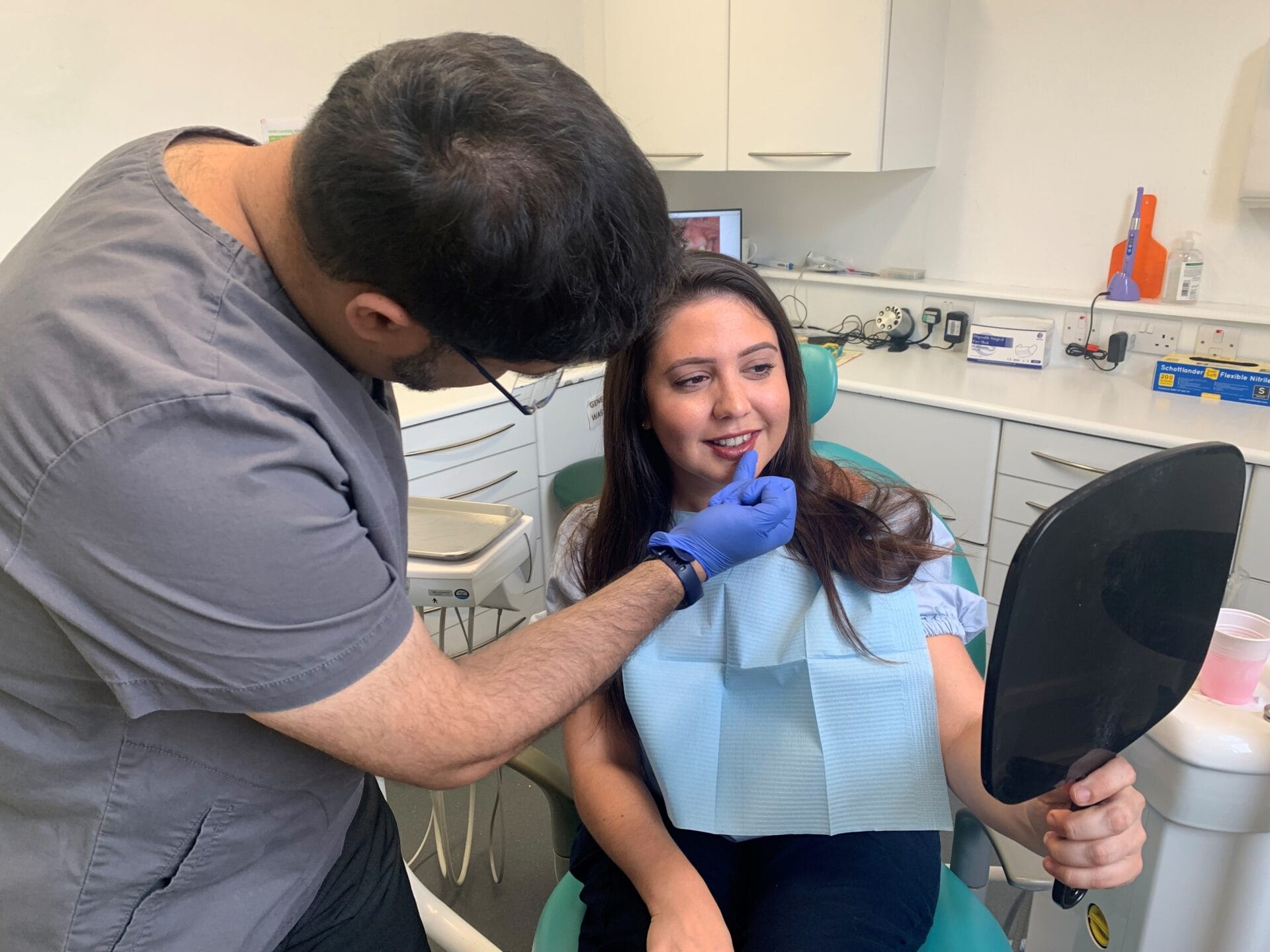Bring Back Performance and Visual Appeals: Dental Implants Kent Solutions
Bring Back Performance and Visual Appeals: Dental Implants Kent Solutions
Blog Article
Experience the Most Recent Developments in Dental Implants Modern Technology
As the area of dental care proceeds to evolve, the advancements in dental implant modern technology have actually been nothing short of remarkable. From making use of sophisticated materials that enhance toughness to the application of digital imaging for precise placement, these advancements are transforming the landscape of dental care. With minimally intrusive medical strategies and the customization abilities of 3D printing, clients currently have access to tailored remedies that were when unbelievable. The assimilation of modern technology is transforming the functionality of dental implants, guaranteeing enhanced end results and individual fulfillment.
Advanced Products for Enhanced Resilience
In the world of dental implants modern technology, the assimilation of sophisticated materials has dramatically added to enhancing longevity and durability of these important dental prosthetics. The application of materials such as titanium alloys, zirconia, and ceramic compounds has reinvented the field by offering increased resistance, stamina, and biocompatibility to deterioration.
Titanium alloys are extensively used in dental implants because of their exceptional strength-to-weight proportion, deterioration resistance, and compatibility with the human body. These alloys make certain the stability and durability of the implant by withstanding the forces put in throughout talking and chewing, giving a trusted service for patients looking for durable tooth replacements.
Zirconia, a type of ceramic material, has obtained appeal for its biocompatibility and all-natural tooth-like look. Its high toughness and resistance to use make it a suitable option for oral crowns and bridges, enhancing the total aesthetics and capability of the dental implant.

Digital Imaging for Precise Positioning
The advancement of dental implants innovation has actually additionally progressed with the assimilation of electronic imaging methods, making certain exact placement of these prosthetics for ideal functional and visual end results. Digital imaging plays an essential duty in the preparation and positioning of oral implants by offering in-depth 3D images of the client's jawbone structure. This modern technology permits dental experts to analyze bone thickness, locate crucial structures, and prepare the exact placement and angle for dental implant positioning with unequaled precision.
By making use of electronic imaging, dental experts can develop virtual surgical guides that function as a roadmap during the implant placement treatment. These guides are personalized for each and every client, considering their distinct anatomy and the preferred result. This degree of accuracy not only enhances the success price of dental implant procedures yet additionally decreases the risk of difficulties.
Furthermore, electronic imaging allows dental professionals to imagine the last prosthetic restoration prior to the real positioning of implants, enabling thorough preparation and making sure that the outcome satisfies the person's aesthetic assumptions. In general, the assimilation of electronic imaging innovation has actually revolutionized the field of dental implants, offering clients a much more predictable, efficient, and patient-specific therapy method.

Minimally Intrusive Surgical Methods


Innovations in medical approaches have actually led to the development of minimally invasive techniques in the area of dental implantology. These methods aim to reduce trauma to the client, reduce recovery times, and improve general therapy end results. Minimally intrusive procedures include smaller sized incisions, specialized instruments, and advanced imaging innovations to precisely put oral implants with minimal disruption to surrounding cells.
One trick element of minimally intrusive strategies is using directed surgical procedure, where 3D imaging and computer-aided layout software are employed to plan the implant placement with terrific accuracy. This enables a more foreseeable end result and can usually remove the demand for extensive flap surgical procedure.
Furthermore, improvements in materials and implant style have also added to the success of minimally intrusive strategies. Implants with enhanced surface residential properties advertise faster osseointegration, lowering the healing time required before the prosthetic repair can be positioned.
3D Printing for Custom-made Solutions
Utilizing 3D printing technology in oral implantology article source permits the creation of highly personalized remedies tailored to individual client demands and anatomical variants. This advanced technology allows oral professionals to make and fabricate dental implants with exceptional precision and accuracy. By making use of digital imaging techniques, such as cone beam of light computed tomography (CBCT), thorough 3D versions of the client's mouth can be produced to direct the implant planning procedure.
Among the key advantages of 3D printing in dental implantology is the ability to develop patient-specific implants that completely fit the distinct composition of each person. This individualized strategy aids enhance the overall success and durability of the dental implant by making sure ideal fit and positioning. In addition, 3D printing enables the manufacturing of complex geometries and complex structures that would certainly be challenging or impossible to attain using traditional production methods.
Additionally, 3D printing technology allows dental professionals to streamline the implantation process, reducing surgical treatment time and boosting overall person experience. With its ability to produce personalized services swiftly and efficiently, 3D printing is changing the area of dental implantology, offering individuals innovative therapy alternatives and boosted results.
Integrated Innovation for Improved Functionality
Carrying out advanced modern technology in dental implantology boosts functionality and accuracy, raising the standard of take care of people undergoing dental implant procedures. Integrated innovation plays an important duty in improving the overall success and resilience of oral implants. One key advancement is the assimilation of digital scanning and imaging modern technologies, such as cone-beam computed tomography (CBCT) and intraoral scanners. These tools enable for comprehensive 3D imaging of the client's oral structures, promoting specific treatment preparation and implant positioning.
Additionally, the assimilation of computer-aided layout and computer-aided manufacturing (CAD/CAM) modern technology enables the creation of customized dental implant repairs with phenomenal accuracy. CAD/CAM systems utilize digital perceptions to design prosthetics that flawlessly fit the client's one-of-a-kind makeup, making certain optimum convenience and performance. Additionally, the usage of robotic-assisted surgery in dental implant placement boosts precision and reduces the threat of human mistake.
Conclusion
Finally, the current advancements in oral implants technology deal boosted resilience through sophisticated materials, specific placement with digital imaging, minimally intrusive medical methods, tailored options with 3D printing, and improved capability with integrated modern technology - Dental implants Kent. These innovations in dental implants technology are changing the area and providing patients with more reliable and efficient treatment choices for restoring their smiles and dental health and wellness
The combination of innovation her latest blog is transforming the capability of dental implants, promising improved outcomes and person fulfillment.
The development of dental implants innovation has actually additionally progressed with the combination of digital imaging methods, making certain precise positioning of these prosthetics for ideal practical and aesthetic results. Minimally intrusive medical treatments entail smaller lacerations, specialized tools, and progressed imaging modern technologies to specifically place dental implants with very little disturbance to surrounding tissues.
Executing advanced technology in oral implantology improves capability and accuracy, raising the criterion of care for individuals undertaking implant procedures. Dental implants Kent. Integrated modern technology plays a vital duty in boosting the Your Domain Name overall success and longevity of oral implants
Report this page